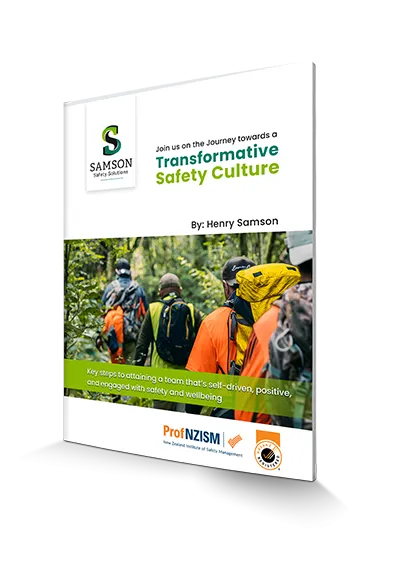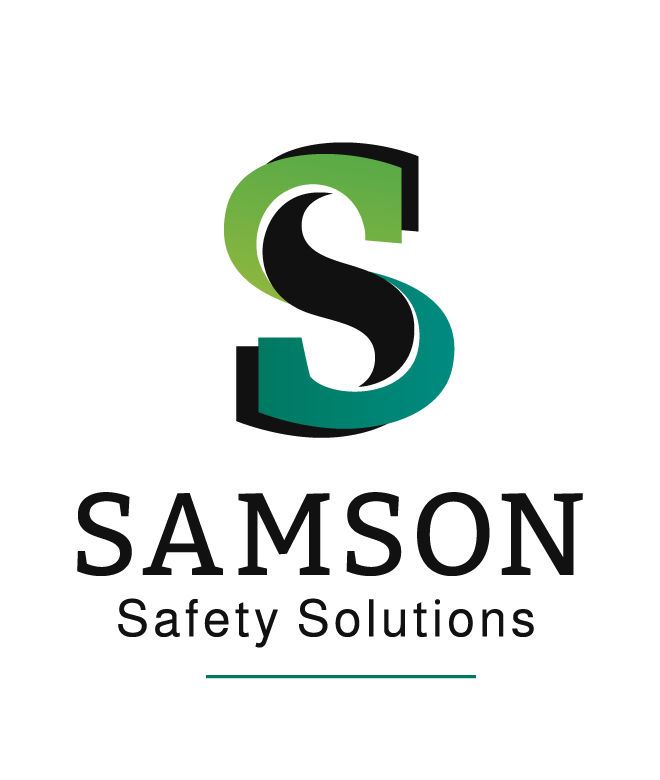The Importance of Community and
Collaboration in Safety :
Introduction
In today’s rapidly evolving business landscape, ensuring workplace safety is more crucial than ever. For small and medium business owners, fostering a culture of safety through community and collaboration is not just a moral obligation but also a strategic advantage. This blog post delves into the importance of collaboration between employees, employers, and safety organizations, emphasizing active worker involvement and leadership engagement in developing effective health and safety plans. Let’s explore how these elements contribute to a safer work environment and the broader implications of getting it right—or wrong.
Communicating Your Why
Understanding the “why” behind safety initiatives is essential for both employees and employers. Communicating your why effectively can transform safety protocols from mere checklists into meaningful actions that resonate with everyone involved. This shared understanding fosters a culture where safety is a collective priority, enhancing compliance and engagement.
Moral, Legal, and Economic Consequences
The consequences of neglecting safety are multifaceted. Morally, every business has a duty to protect its workforce. Legally, non-compliance with safety regulations can lead to severe penalties from enforcement agencies. Economically, accidents and incidents can incur significant costs, from medical expenses to lost productivity. Therefore, a proactive approach to safety is not just ethical but also financially prudent.
Building a Safety Community
Employee Representation and Engagement
Active employee representation is vital in creating a robust safety culture. Engaging workers in safety discussions through regular toolbox talks and risk assessments ensures that their voices are heard and their insights are valued. This engagement not only improves safety outcomes but also boosts morale and job satisfaction.
Competence and Training
Investing in competence and training is crucial for maintaining a safe workplace. Regular training sessions help employees stay informed about the latest safety protocols and best practices. This ongoing education ensures that everyone is equipped to handle potential hazards effectively.
Navigating Internal and External Factors
Managing Change
Change is inevitable, and managing it effectively is key to maintaining safety standards. Whether it’s a shift in operations or the introduction of new technology, clear communication and strategic planning are essential to ensure seamless transitions without compromising safety.
Contract Management and Overlapping Duties
In today’s interconnected work environments, overlapping duties and contract management can pose significant safety challenges. Clear delineation of responsibilities and open communication between all parties involved are critical to preventing accidents and ensuring compliance with legislation.
Reporting and Compliance
Accident and Incident Reporting
Timely and accurate accident and incident reporting is a cornerstone of effective safety management. It allows businesses to identify patterns, address root causes, and implement corrective measures to prevent future occurrences.
Compliance with Legislation
Staying compliant with safety legislation is non-negotiable. Regular audits and updates to safety protocols ensure that businesses remain aligned with current regulations, thereby minimizing legal risks and enhancing workplace safety.

Book a review today



Conclusion: The Path Forward
In conclusion, fostering a culture of safety through community and collaboration is essential for small and medium business owners. By emphasizing active worker involvement, leadership engagement, and strategic communication, businesses can create a safer work environment that benefits everyone. As you move forward, consider how you can integrate these principles into your safety plans and encourage further action by engaging with safety organizations and experts. Remember, a safe workplace is not just a requirement—it’s a competitive advantage.
Free Health & Safety Review
Review includes an overview of your current systems and suggestions for improvement.

